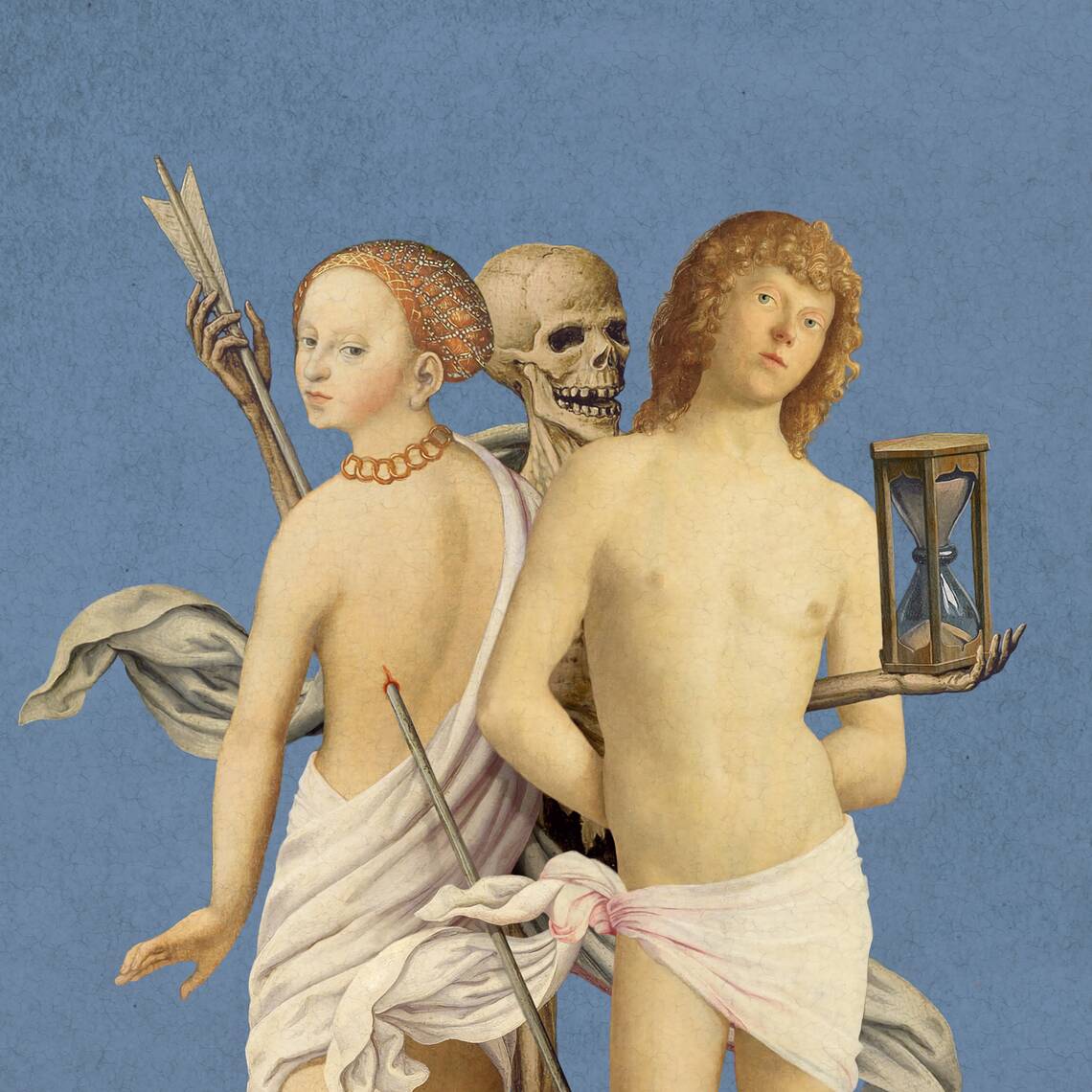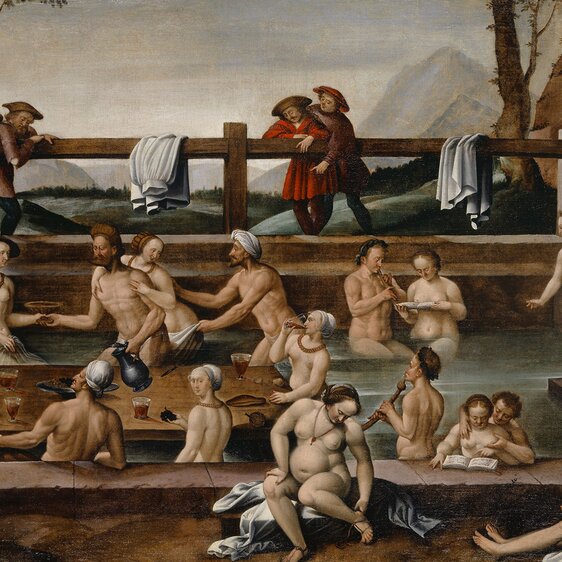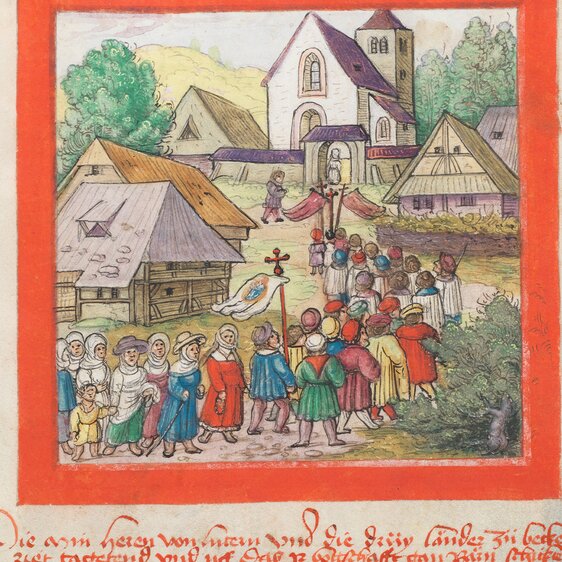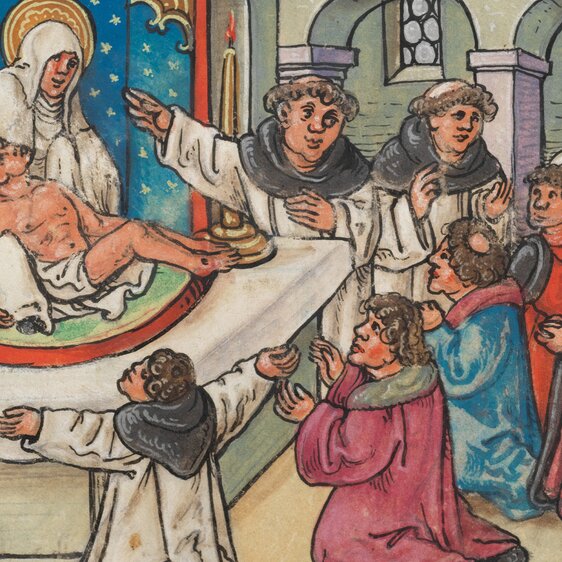National Museum Zurich
| 15.3.2024 - 14.7.2024
In the Middle Ages, attitudes to the human body were rife with contradictions: it was glorified, oppressed, cared for and chastised. The new temporary exhibition includes many items on loan from within and outside Switzerland and looks back on the human body in the Middle Ages from a cultural history perspective.
In the age of pursuit of the perfect physique, beauty ideals and selfies, you might think that people have never been as obsessed with the human body as they are today. Yet, as early as the Middle Ages, the body and its representation played a pivotal role. In the mainly Christian Europe of the 10th to the late 15th centuries, the body was coveted, cared for and glorified, but also martyred, maimed and maltreated.
The image of the human body in the Middle Ages was primarily influenced by the Church. On the one hand, it saw the body as the seat of desire and thus of sin. There are many depictions of desire with moralising undertones. On the other, Christian art revolved around the flayed body of Jesus on the cross and the ideal of the Virgin Mary, together with depictions of martyrs being put to death in various ways. Their body parts were worshipped by believers as relics, promising to cure the sick, ensure a good harvest, or improve fertility.
In the secular world, too, people in the Middle Ages were equally concerned with their bodies. Men and women of the upper classes owned lavishly decorated hand mirrors, powdered their skin, dyed their hair, and doused themselves in fine fragrances. Sporting activities were also widely practised and seen as a way to promote good health. On holidays and Feast days, men and women in both town and country would take pleasure in running, jumping and dancing. Jousts, shooting competitions and ball games were particularly popular.
In most cases, however, the tough living conditions in the Middle Ages took their toll on the bodies of the lower classes. Hard physical labour, malnutrition and disease had serious health implications. There was no shortage of medical guides to a healthy body, however. A central and widespread theory was humoralism, which sought to achieve a holistic balance in the body. Bathing, cupping and bloodletting were thought to help balance the body’s fluids. While the elite were able to get treated by qualified physicians, most people had to make do with lay medical practitioners and barber-surgeons. A public health system was established at this time, with hospitals set up in monasteries to provide free care and food to patients who were penniless or on the margins of society.
Ultimately, however, death loomed in everyone’s future and dead bodies were ever-present in the Middle Ages. In the hope of resurrection, the living carried out death rituals and prayed for the dead. The importance of the body in the Middle Ages is illustrated by the Christian belief that on the day of their resurrection, people would arise unscathed and whole with the body of a 30-year-old, which was around Jesus’s age when he died.
Numerous loaned items from Switzerland and abroad, including paintings, prints, books, sculptures and ornate everyday objects provide an insight into bodies in the Middle Ages from a cultural history perspective. Multimedia stations and interviews encourage visitors to engage with the subject and to reflect on how bodies are seen today.





